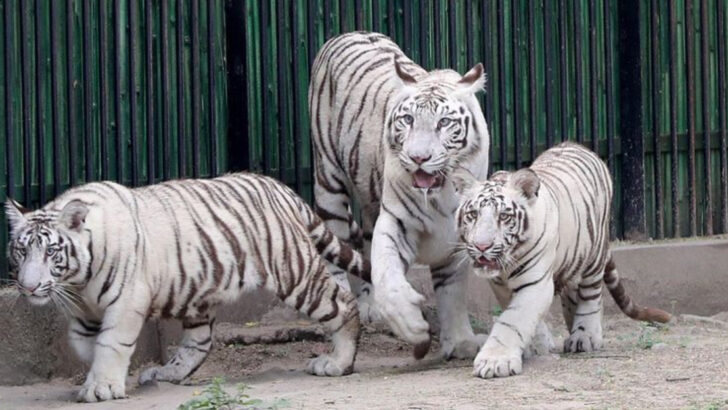White tigers are real, rare, and wrapped in mystery—and no, they’re not albino.
They’re ghost-like big cats with ice-blue eyes and coats like fresh snow, and they haven’t been spotted in the wild in over 50 years. These aren’t fantasy creatures from folklore. They’re Bengal tigers with a twist of genetic roulette—and their story is stranger than fiction.
They’ve become zoo celebrities, breeding controversies, and living symbols of beauty and power. But their existence comes with a dark backstory that involves human obsession and a whole lot of inbreeding.
Want the truth behind the stripes?
Let’s talk facts, myths, and what really happened to the last of nature’s rarest felines.
The Origin of White Tigers
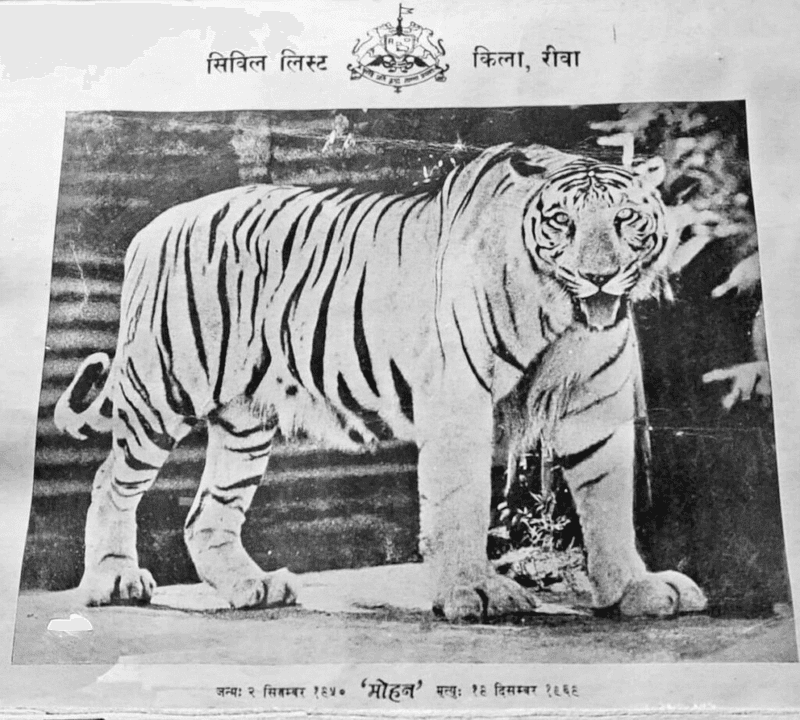
In the early 20th century, a hunter named Maharaja of Rewa captured the first white tiger ever recorded, named Mohan. Mohan became the progenitor of the white tiger population through selective breeding. These tigers are not a separate subspecies but a genetic anomaly of Bengal tigers. Their white coats result from a recessive gene, making them unique and rare. This genetic twist gives them their captivating appearance, a blend of ethereal beauty and raw power. The tale of Mohan and the white tigers is a reminder of nature’s unpredictable wonders.
Genetic Mutation and Inbreeding
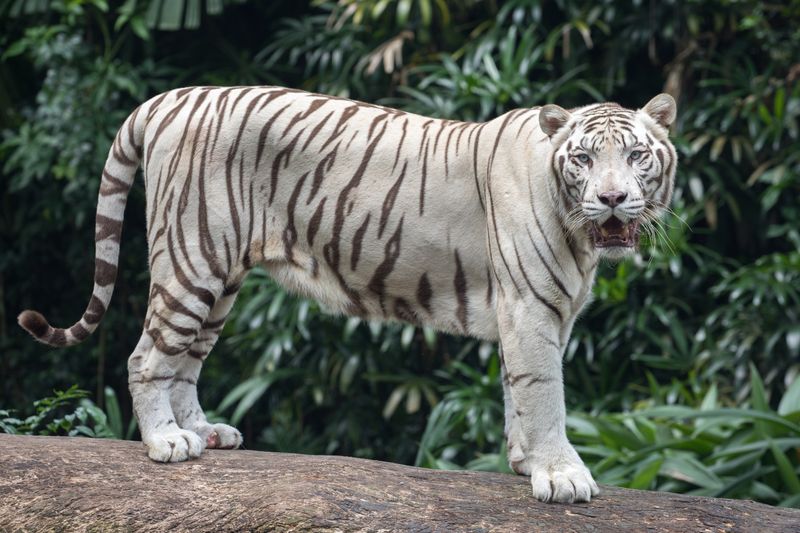
The distinctive white fur of these tigers is due to a genetic mutation known as leucism, which affects the pigmentation. This condition is different from albinism, as it doesn’t affect eye color, resulting in their striking blue eyes. White tigers can only be born if both parents carry this rare allele. In captive breeding, this leads to inbreeding, often causing health issues like deformities and reduced lifespan. The genetic allure is marred by these challenges, posing ethical questions about prioritizing aesthetics over animal welfare.
The Last Wild Sighting
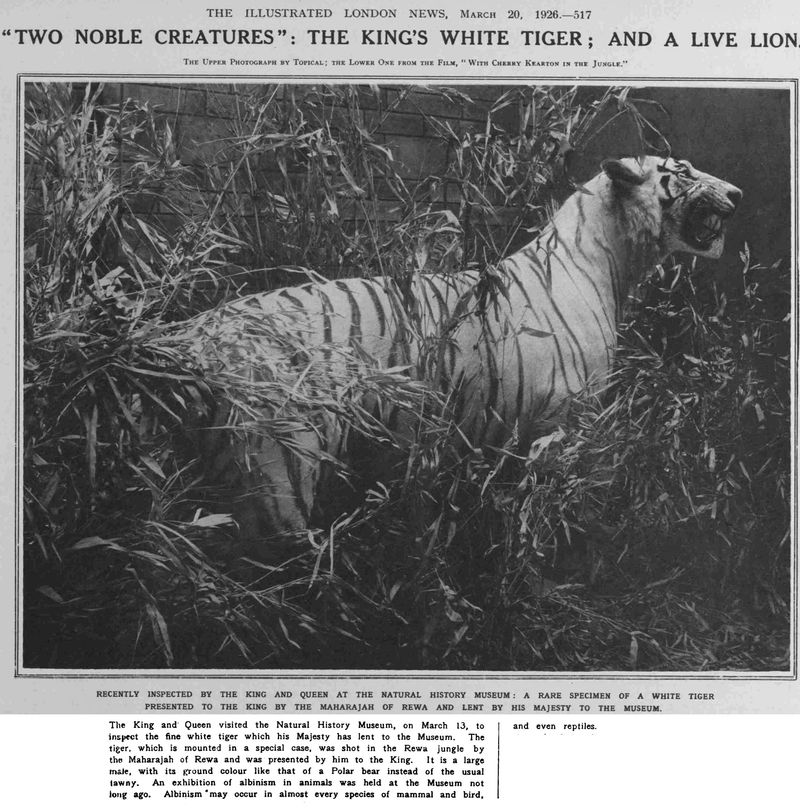
The year 1958 marked the last confirmed sighting of a wild white tiger in India’s dense jungles. This elusive creature roamed the forests of Madhya Pradesh, leaving a legacy that’s now preserved only in stories and photographs. Since then, white tigers have vanished from their natural habitat, a ghostly presence that once prowled the wild. Their disappearance highlights the challenges of maintaining genetic diversity and natural habitats for wildlife conservation. Despite their absence in the wild, their legacy continues to enthrall wildlife enthusiasts.
Physical Characteristics
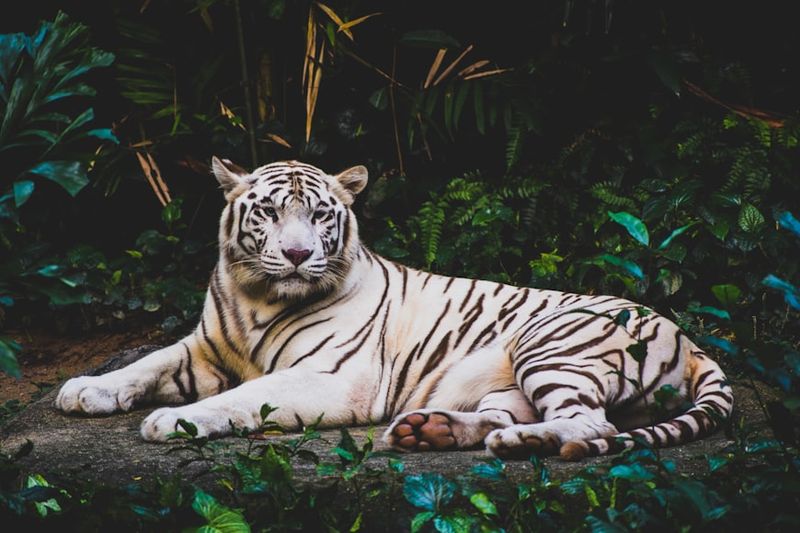
White tigers are renowned for their captivating appearance, a combination of raw power and ethereal beauty. They are typically larger than their orange counterparts, boasting a muscular build and a majestic stature. Their fur is a pale cream with faint gray stripes, and they possess striking blue eyes. This unique appearance is due to a rare genetic mutation, making them a spectacle in the animal kingdom. Despite their beauty, these physical characteristics are a double-edged sword, often leading to health challenges due to their genetic rarity.
White Tigers in Captivity
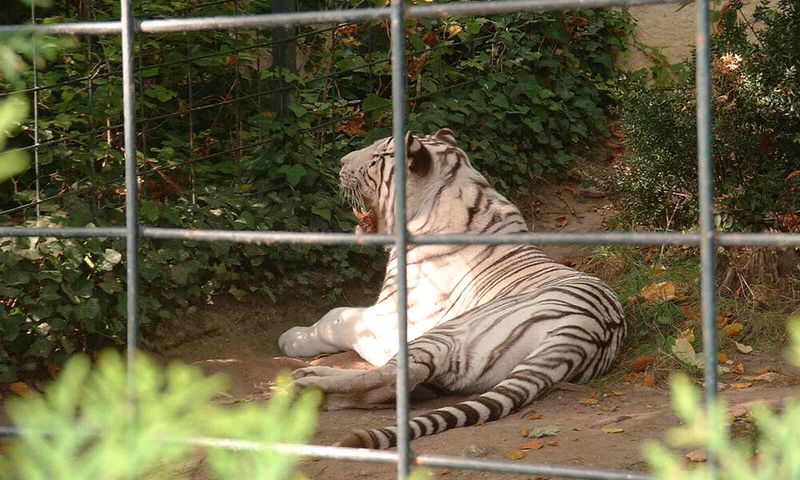
White tigers are predominantly found in captivity today, often showcased as exotic attractions in zoos and sanctuaries around the world. Their mesmerizing appearance draws crowds, but captivity poses significant ethical dilemmas. While these settings provide safety from poachers and environmental hazards, they restrict their freedom and natural behaviors. The debate continues on the morality of breeding and keeping these majestic creatures in captivity versus focusing on broader conservation efforts for all tiger species.
Conservation Efforts
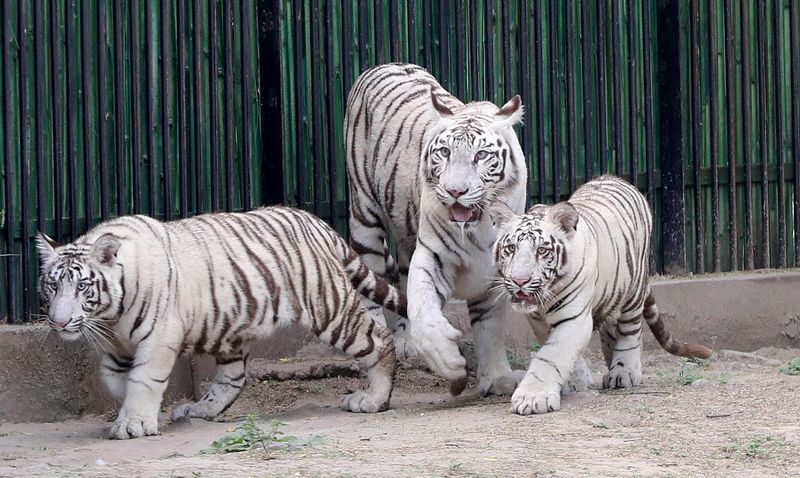
Conservationists around the globe are striving to protect the remaining tiger populations, including white tigers, by preserving their natural habitats and genetic diversity. This involves combating poaching, habitat destruction, and illegal wildlife trade. Efforts are also directed at education and awareness campaigns to highlight the importance of tigers in ecosystems. Although white tigers are not prioritized due to their rarity and genetic issues, they symbolize the broader challenges of wildlife conservation that need addressing to ensure the survival of all tiger species.
Cultural Impact
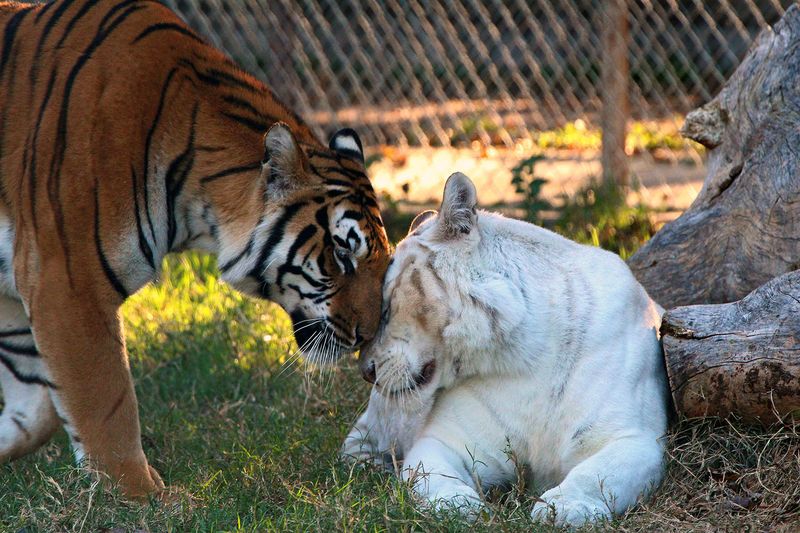
White tigers have carved a niche in cultural folklore and mythology, often symbolizing power, beauty, and rarity. Ancient Asian cultures revered them as mystical beings, linking them to deities and celestial events. This cultural fascination continues today, with white tigers influencing art, literature, and media. They are depicted in various forms, from traditional paintings to digital animations, capturing the imagination of people worldwide. Their striking appearance and enigmatic nature endear them to artists and storytellers, who perpetuate their mythical status.
The Role in Popular Media

White tigers have found their place in popular media, starring in films, documentaries, and books. Their unique appearance provides a captivating visual element, often used to symbolize rarity and intrigue. Films like “Life of Pi” and documentaries featuring these tigers highlight their beauty and the ethical considerations of their existence. Their presence in media raises awareness about their plight and the broader conservation issues facing wildlife today. They serve as a powerful narrative tool, inviting audiences to explore the complexities of nature and conservation.
White Tigers in Mythology
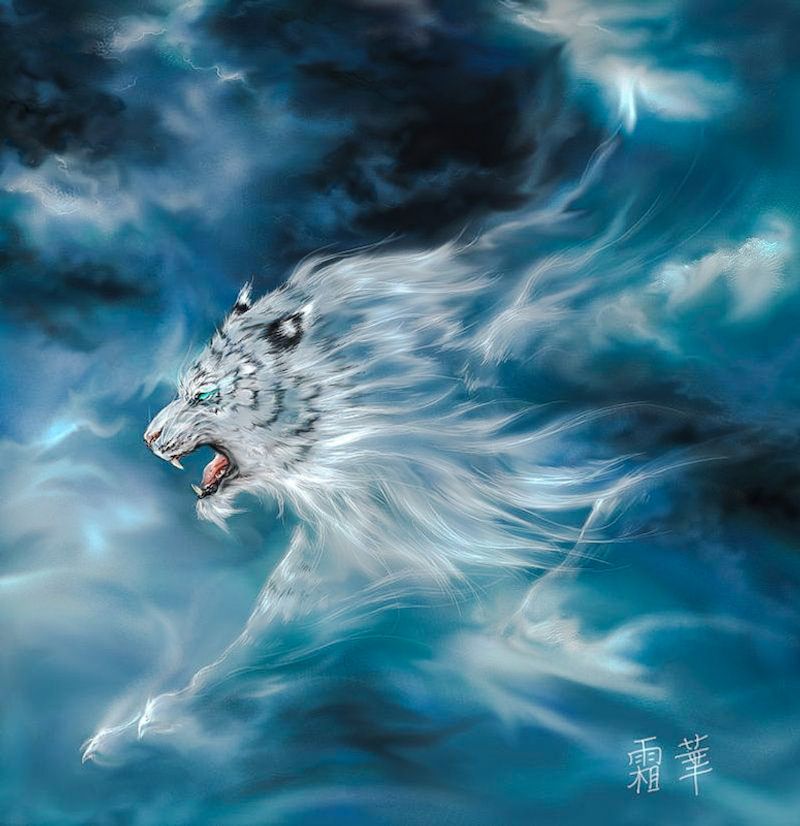
In Asian mythology, white tigers hold a revered status, often associated with the West and autumn in the Chinese Four Symbols. Known as Bai Hu, they symbolize strength, courage, and purity. These mythical creatures are believed to ward off evil, acting as protectors and guardians. The white tiger’s presence in mythology underscores its symbolic power and cultural significance across centuries. This mythical status endows them with an aura of majesty and mystery that continues to captivate imaginations, blending the lines between reality and legend.
Challenges of Captive Breeding
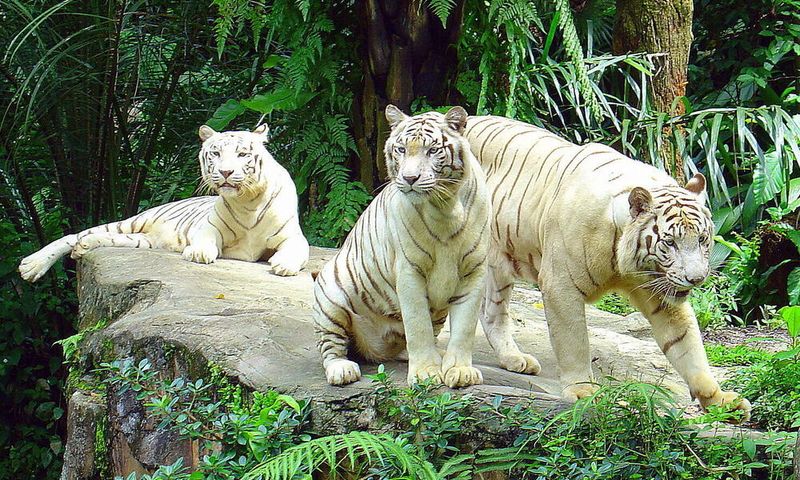
Breeding white tigers in captivity presents a myriad of challenges. To maintain their rare genetic trait, breeders often resort to inbreeding, leading to health issues like deformities and reduced life spans. This practice raises ethical concerns about animal welfare versus aesthetic appeal. While captivity provides safety from poaching, it imposes restrictions on their natural behavior and freedom. These challenges underscore the need for balanced conservation strategies that prioritize the overall well-being of the species while respecting their unique genetic identity.
The Debate on Their Existence
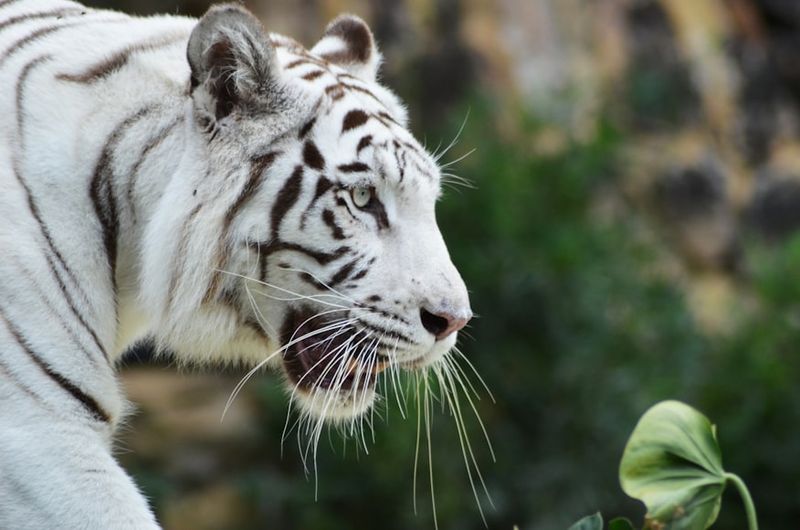
The existence of white tigers incites debate among conservationists, animal rights advocates, and zoologists. On one hand, their unique appearance and rarity make them valuable for educational and awareness purposes. On the other hand, the ethical implications of breeding them solely for human fascination pose significant moral questions. This debate extends to their role in conservation efforts, questioning whether resources should focus on preserving their genetic anomaly or addressing broader environmental challenges. The discourse surrounding white tigers reflects larger issues of human interaction with the natural world.
White Tigers as Symbols of Conservation
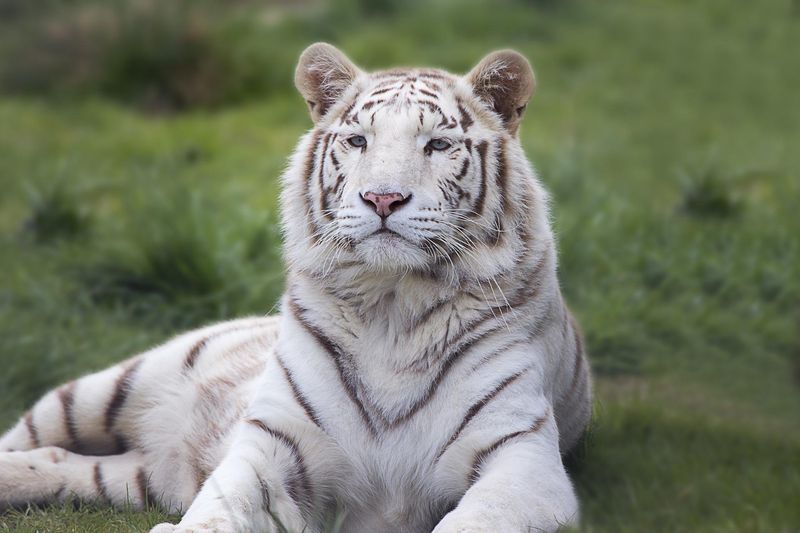
White tigers, while not a distinct subspecies, have become symbols for broader conservation efforts. Their striking appearance and rarity highlight the challenges of maintaining biodiversity and ecosystem balance. Conservation campaigns often use their image to draw attention to the plight of tigers and other endangered species. These majestic animals serve as ambassadors for wildlife preservation, inspiring action and awareness. Their symbolic status underscores the interconnectedness of all living creatures and the importance of preserving our planet’s natural heritage for future generations.
Ethical Concerns in Zoos
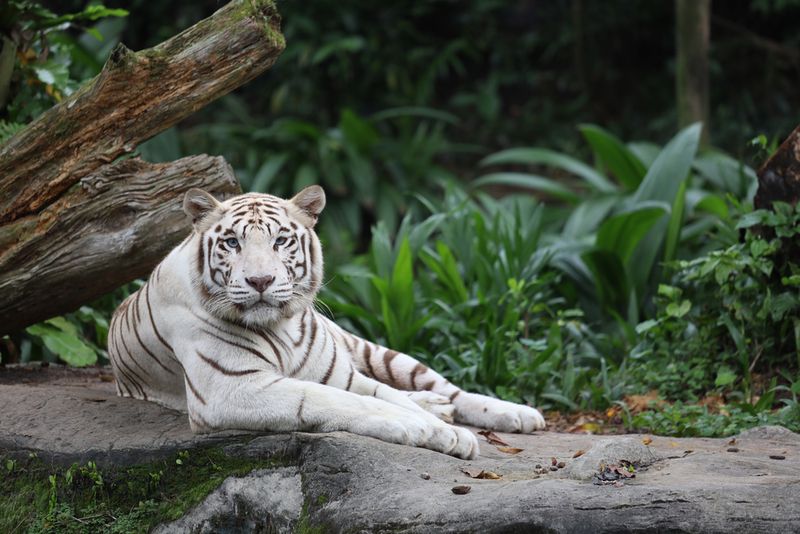
The presence of white tigers in zoos raises ethical concerns about the morality of keeping such majestic creatures in captivity. While zoos provide safe havens from threats like poaching and habitat loss, they also restrict these animals’ natural behaviors and instincts. The debate intensifies with the breeding practices employed to maintain the white tiger’s rare appearance, often at the expense of their health and welfare. This ethical dilemma highlights the broader challenges faced by modern zoos in balancing conservation, education, and entertainment.
White Tigers in Art and Literature

White tigers have long been a source of inspiration in art and literature, captivating creators with their rare beauty and enigmatic presence. From traditional paintings to contemporary novels, they have been depicted in various forms, each conveying the majesty and mystery of these creatures. Artists and writers often use white tigers to explore themes of rarity, beauty, and the human connection with nature. Their symbolic presence in art and literature continues to inspire new generations, forging a lasting legacy in creative expression.
The Future of White Tigers
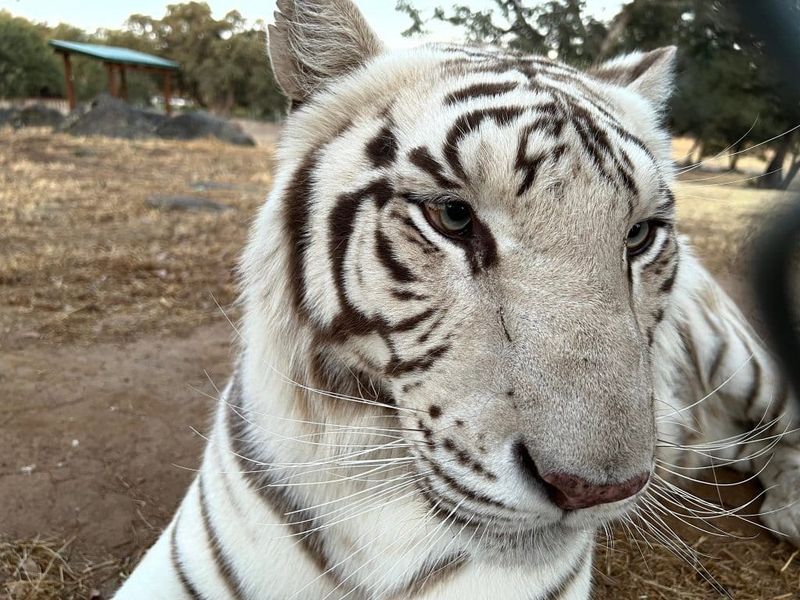
The future of white tigers hinges on the balance between conservation efforts and ethical considerations. As symbols of rarity and beauty, their existence sparks debates on their role in biodiversity and conservation strategies. The path forward involves addressing genetic issues, habitat preservation, and ethical breeding practices. Efforts to ensure their survival must also consider the broader implications for all tiger species and ecosystems. The white tiger’s journey into the future serves as a reflection of humanity’s commitment to preserving the natural world for generations to come.

